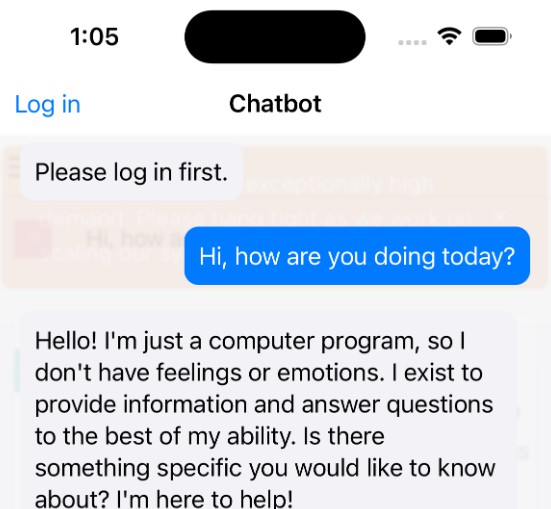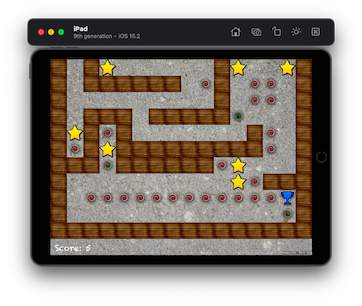Diffusion
This is a simple app that shows how to integrate Apple’s Core ML Stable Diffusion implementation in a native Swift UI application. It can be used for faster iteration, or as sample code for other use cases.
On first launch, the application downloads a zipped archive with a Core ML version of Runway’s Stable Diffusion v1.5, from this location in the Hugging Face Hub. This process takes a while, as several GB of data have to be downloaded and unarchived.
For faster inference, we use a very fast scheduler: DPM-Solver++ that we ported to Swift. Since this scheduler is still not available in Apple’s GitHub repository, the application depends on the following fork instead: https://github.com/pcuenca/ml-stable-diffusion. Our Swift port is based on Diffusers’ DPMSolverMultistepScheduler, with a number of simplifications.
Limitations
- Requires the latest betas of iOS 16.2, macOS Ventura 13.1, Xcode 14.2. They are all in the Release Candidate stage.
- Although the app is platform independent, execution fails on iPhone 13 Pro, possibly due to memory constraints. We haven’t tested on M2 iPads with 8 or 16 GB of memory.
- The UI does not expose a way to configure the scheduler, number of inference steps, or generation seed. These are all available in the underlying code.
- A single model (Stable Diffusion v1.5) is considered. The Core ML compute units have been hardcoded to CPU and GPU, since that’s what gives best results on my Mac (M1 Max MacBook Pro).
- Sometimes generation returns a
nilimage. This needs to be investigated.
Next Steps
- Improve UI. Allow the user to select generation parameters.
- Allow other models to run. Provide a recommended “compute units” configuration based on model and platform.
- Implement other interesting schedulers.
- Implement negative prompts.
- Explore other features (image to image, for example).




